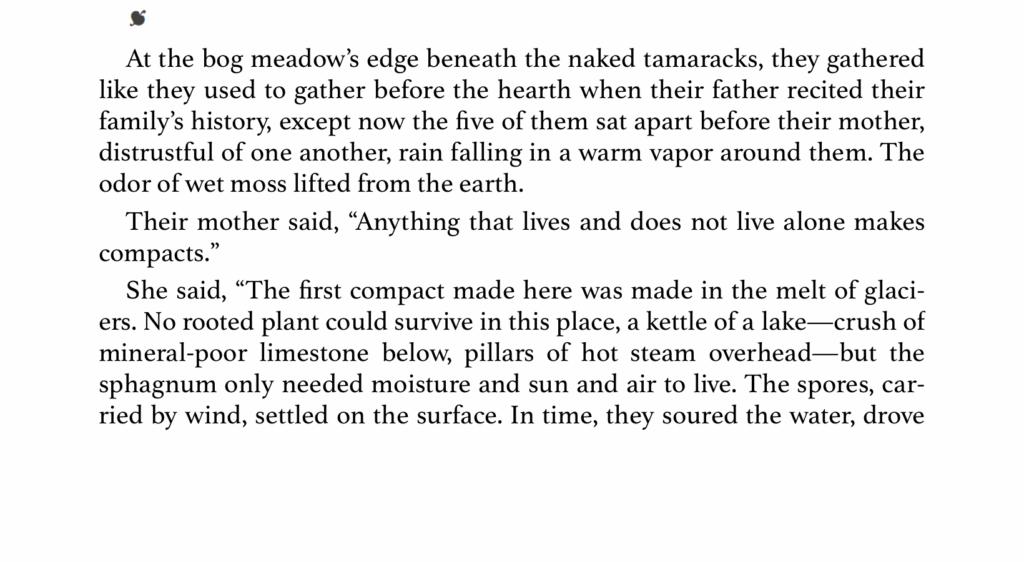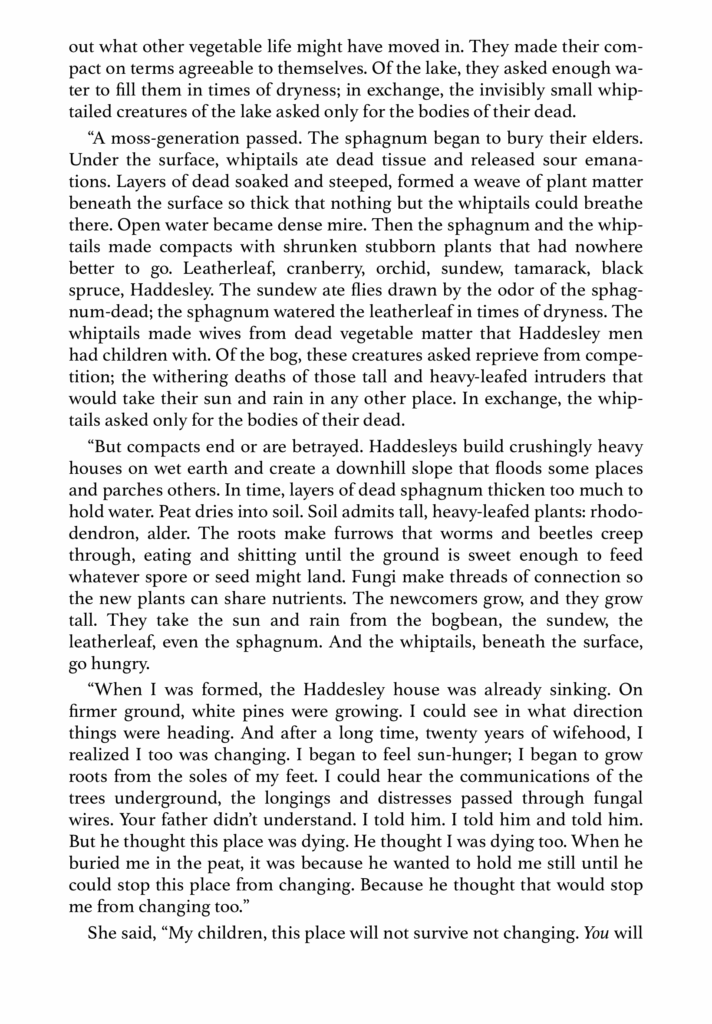4 miles
minnehaha falls and back
54 degrees
wind: 15 mph
Even though I’ve run the past 3 days, I decided to run again today for 2 reasons: 1. it’s supposed to rain all day tomorrow and Wednesday and I don’t want to run in the rain and 2. we have leftover butternut squash mac and cheese, and I always like to run before eating it for lunch. A good run. Managed to keep my heart rate lower until I reached the falls. Had to stop at the bathroom in the park building for some unfinished business. Will that be a problem again this summer? After, I put in my “Moment” playlist and ran again until I reached the bench above the edge of the world. I was planning to stop, but I noticed someone was sitting there. Bummer
Because I wanted to eat right when I got back, I gave myself about 3 minutes to jot down 10 things I remembered from the run (the jotted list was brief; below was written after I ate):
10 Things
- didn’t see the falls, but heard it — not a roar, but a rush of water
- looking ahead, seeing someone on the dirt trail next to the path — is that a kid? It looked like they were moving towards me. As I got closer — 15 or 20 feet, I realized it was not a person, but a bike — and a bike that had been parked there yesterday too
- a strong wind — for one stretch I was worried it would rip my cap off of my head
- 2 plastic white chairs stacked on the side of the park building — later in the summer they will be unstacked and people will usually be sitting in them
- a long row of port-a-potties (20 or more?) still standing after Saturday’s race. I wondered if they were planning to pick them up or if there was another race this weekend
- a walker, passed twice, bundled up in a winter coat, a winter cap (with a ball on top), and a mask
- the faint laughter and yelling of kids on a playground
- the dim roar and rush and rustle of the wind moving through the trees
- a fully parking lot at the falls
- noticed beneath the dirt next the trail just north of the 44th street parking lot: netting left behind from a failed attempt at re-grassing this stretch
more on the moment
Looking at my Plague Notebook, vol. 26, I saw that I had written CONTEXT for yesterday’s entry — as in, moments have a context, a history, a location in space. I remember being reminded of context as I walked back home after my run while listening to Rut by Wimps:
Each day is
the same as the last
There is no future
There is no past
I like routine
It’s my favorite thing
No new memories
Don’t change my scenery
Note: I listened to some other songs on the City Lights, the album “Rut” comes from. Wow — it’s all about losing your Self when you become a Mom.
Responding to the word context in yesterday’s entry, for today I wrote: Yes, context is important! A moment is not out of time, but deeper in it — geologic time.
For future Sara, who will want to bring context into any writing we do with the moment, past Sara discussed it in these entries: 6 may, 7 may, 8 may 2025
Poetry Daily’s poem-of-the-day is a great one for thinking about moments: Temporal Saturation by Chloe Garcia Roberts in their book, Fire Eater. I might want to buy this book for my birthday?
temporal saturation—the explanation for why certain moments of your life seem to spill or shrink, to transcend or subvert their physical duration, and color differently their surrounding time.
This is a wonderful description of a Moment!
Temporal saturation is an elusive measurement disproving any correlation between quantity and influence that is used to explain both the canyons that can appear inside moments of great rending, joyous or horrific, entombing an incarnation of the self which will never again exist; as well as the median intervals of floating passivity that resist recollection and whose ending is marked by a feeling of awakening: a drowsy startle or a gradual reconsciousness.
Difficult to measure / length of time does not determine significance / the canyons inside moments — canyons = the Mississippi River Gorge?! / not entombing a past or gone self but holding it / floating passivity = the space between beats?
saturation = the state or process that occurs when no more of something can be absorbed || Can I make a connection with the dew point and its impact on a moving body? dew point = “the temperature at which the air becomes saturated with water vapor”
High levels of temporal saturation are evidenced by a languorous stretching of the experienced present, which then refracts and amplifies the emotion of the moment. The joy making this spreading pleasurable, the fear terrible, though both poles can be described in terms of the sensation of falling. The difference being that the first is a falling into and the latter a falling through
refracts = deflects / distorts / bends / disrupts
falling through = And then a plank in reason broke / And I dropped down and down / And hit a World at every plunge / And finished knowing then (I wrote these lines from “I Felt a Funeral in my Brain,” from memory so the punctuation and capitalization aren’t quite right).
Low levels of temporal saturation are evidenced by malaise, an involuntary refusal on the part of the individual to knit themselves to the place they occupy. Home-sickness—the corporeal and spiritual longing for a physical and temporal point of greatest belonging—is the best diagnosis to describe these ebbs of existence.
No moments = a lack of connection, an untethering, no home
The measurement of temporal saturation then can be used to quantify both the abscesses and the vividities, these gestures floating in great swathes of meaningless automation. Just as the atoms composing a human body can condense smaller than the head of a pin, the self can, like a black hole collapse, like a poem reduce. And the proof of the emptiness that oceans those bright livings is how they sparkle and call to each other despite the expanse of the interims, be they seconds, decades, lifetimes. Inlaid in space, they form the constellation of the soul.
water images: floating, condensation, oceans, sparkle — like waves hit by light
the sparkle reminds me of swimming across the lake and seeing the sparkling water, realizing that each cluster of sparkles was another swimmers’ hand piercing the water
seconds, decades, lifetimes: Aren’t we all just masses of energy and light in a jumbled future or past, stopping to embrace one another for a moment or decades before passing too far for sight? (Halos/ Ed Bok Lee)
The dew point is the temperature when air condenses on the skin and turns into sweat.
Lorine Niedecker and the poet’s work: condensing. “A condensary is where condensed milk is made. In order to make condensed milk, you evaporate a significant amount of water from milk and what you’re left with is
something delicious and much more concentrated and powerful” (Close Reading).

